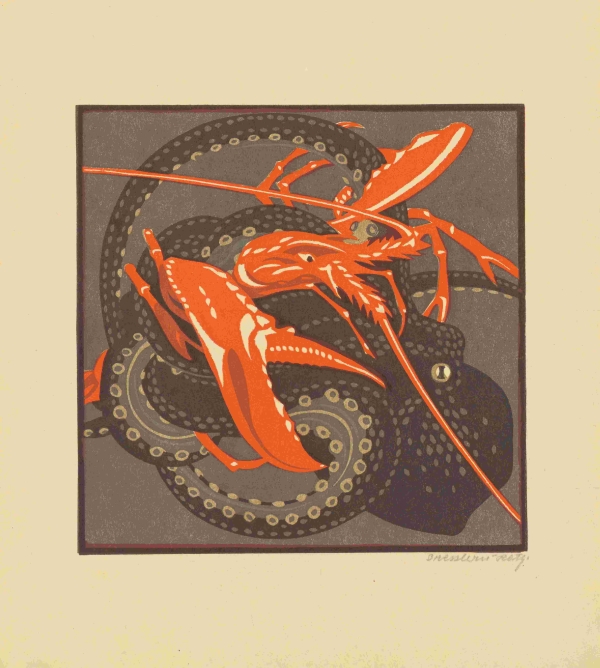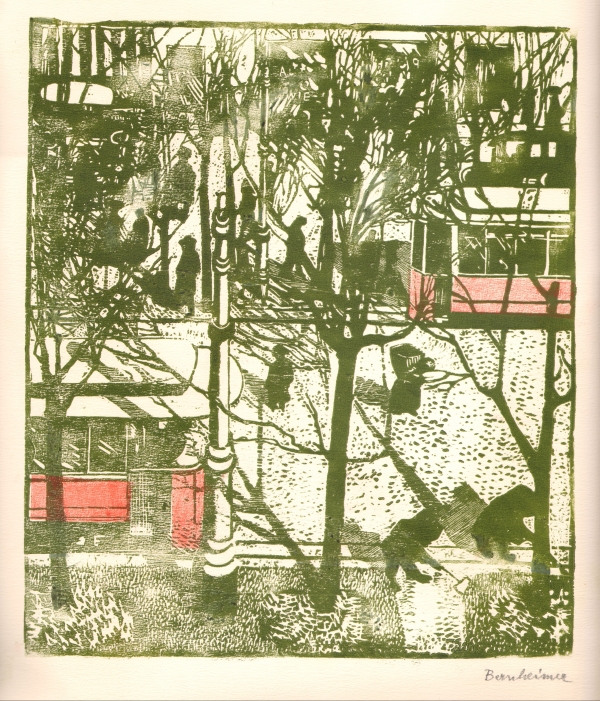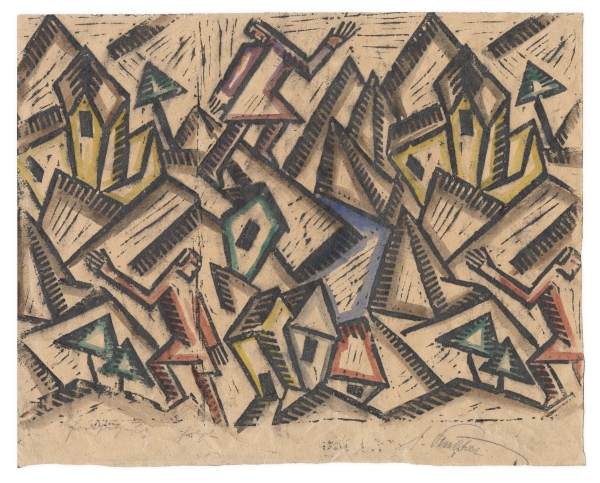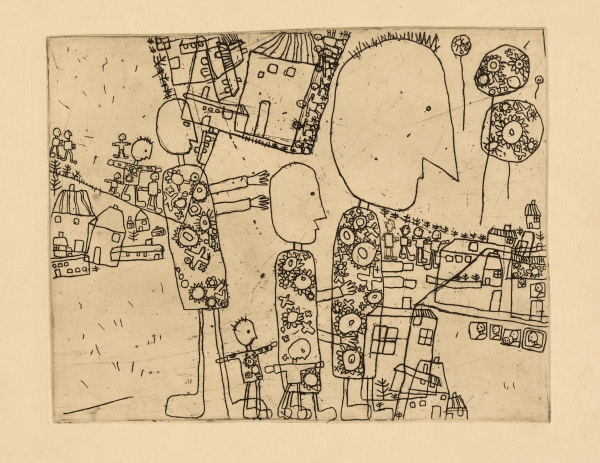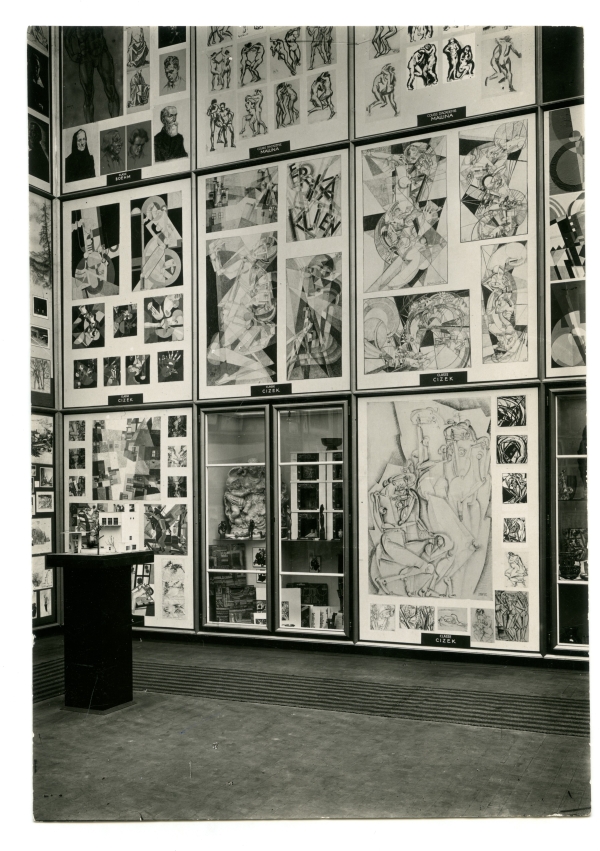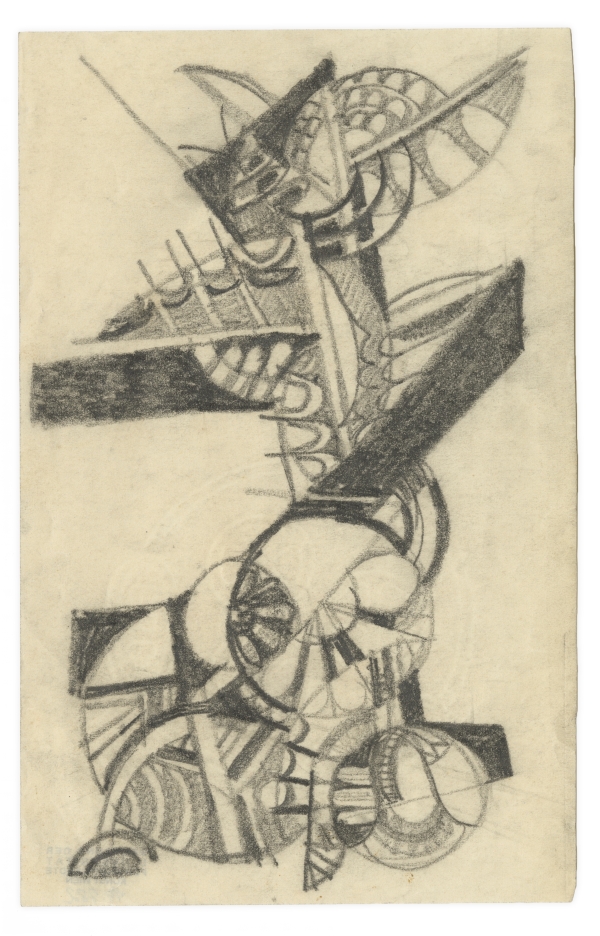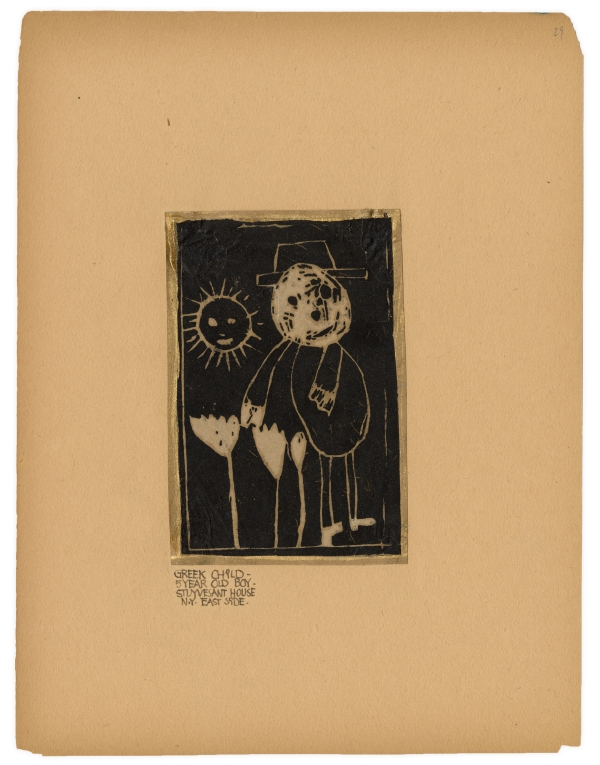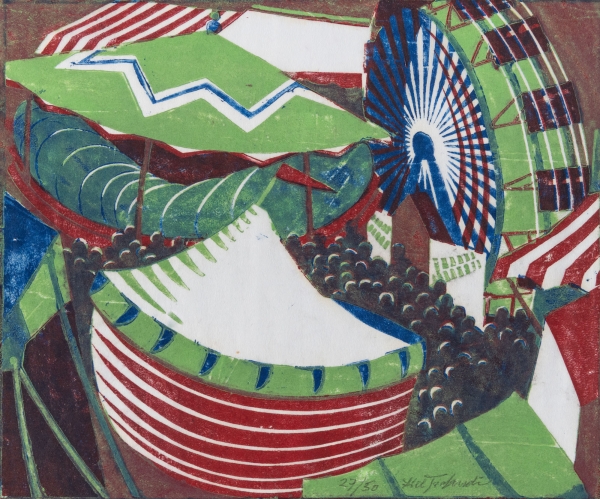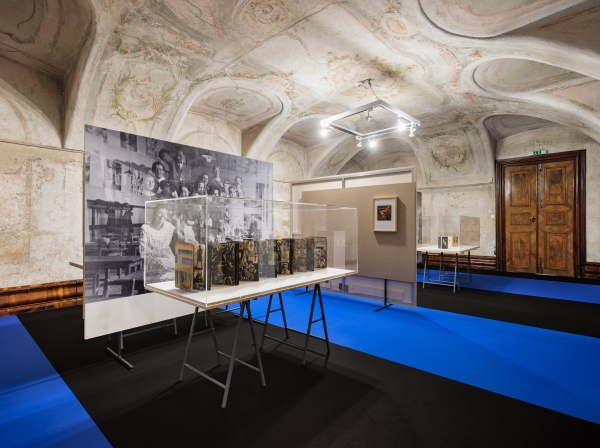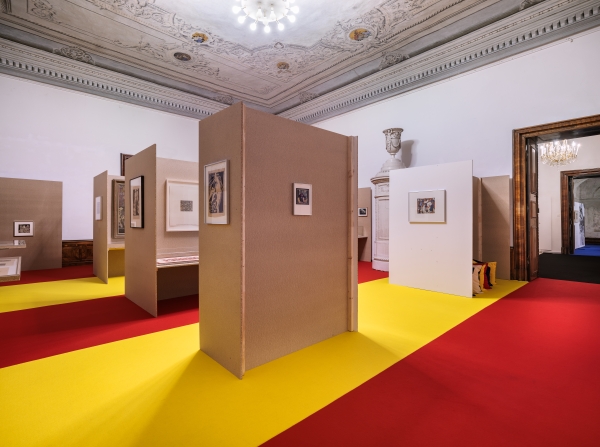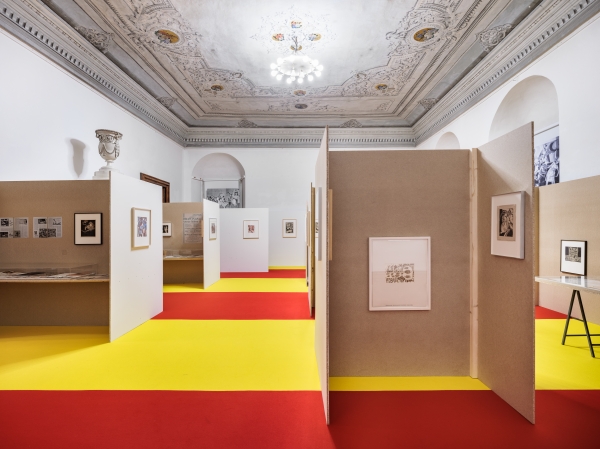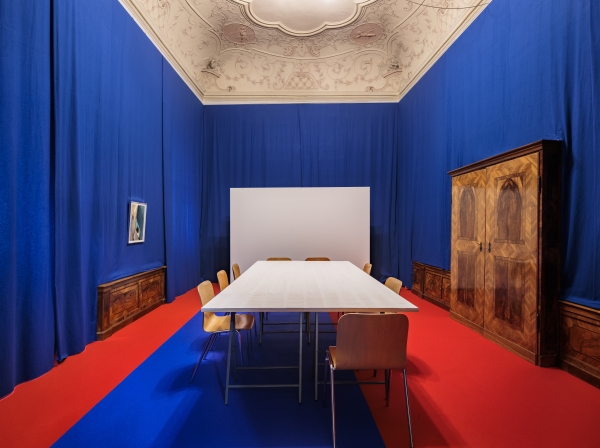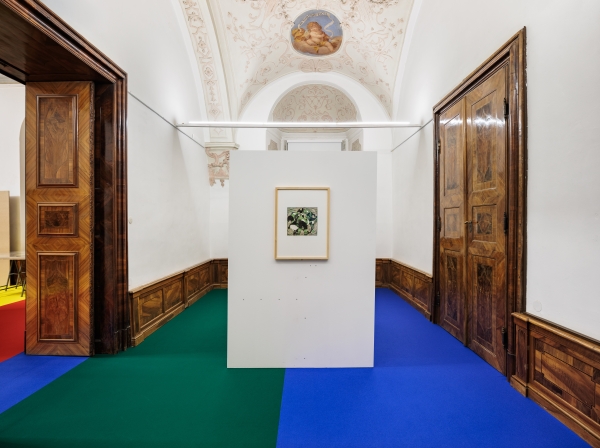Exhibition
“Lill Tschudi – Franz Čižek. A delightful sort of game” opens tonight
Graphical Work of Lill
Tschudi on Show for the first Time – Relationship to Franz Čižek
10.10.2023
The
new exhibition Lill Tschudi – Franz Čižek. A delightful sort of game in the University Gallery of the University
of Applied Arts Vienna will open tonight in the city center of Vienna. Lill Tschudi – Franz Čižek. A delightful sort of
game explores relationships between artistic practice and teaching in the 20th century by bringing two figures
in dialogue. The pivot of the exhibition is the graphical work of Swiss artist Lill Tschudi (1911–2004), which is shown for
the first time in Austria as part of a cooperation between the Angewandte and the Graphische Sammlung ETH Zurich. This monographic
perspective is furthermore expanded by exploring the relationship of Tschudi’s works to selected holdings from the collection
of the University of Applied Arts Vienna that document the reform pedagogy of artist Franz Čižek (1865–1946).
The
exhibition looks at Tschudi and Čižek as exemplary artistic positions in interwar and postwar Europe, in whose work aspects
of applied and fine art as well as abstraction and figuration interrelate. Both Tschudi’s artistic works and Čižek’s pedagogy
are linked to the development of modern chromatic printing as well as to reform tendencies in society and pedagogy and the
discovery of “children's art” around 1900. Lill Tschudi studied linocut at London’s Grosvenor School of Modern Art in 1929
with the British artist Claude Flight (1881–1955). Flight integrated Čižek’s approaches into his own teaching after a personal
encounter with him. In the introduction to his 1934 book, The Art and Craft of Lino Cutting and Printing, which he
illustrated with linocuts of children and works by his students alike, he quotes Čižek’s approach as a (new) model for artistic
expression and “emotional organization” that is credited to the artistic activities of children. Čižek’s attitude and working
methods in his youth art class [Jugendkunstklasse], which was founded in 1903 and later incorporated into the Vienna School
of Applied Arts [Kunstgewerbeschule], gained early renown, especially in the Anglo-American world. Works by his students were
shown worldwide in numerous exhibitions. The class aimed at enabling children and young people to develop their own creativity
in a wide variety of techniques and materials, as well as in joint discussions.
Lill Tschudi – Franz Čižek.
A delightful sort of game explores the new status of children’s artistic work as a practice in its own right worthy of
being exhibited. It looks at the functions of simple techniques such as linocut, as they were established and used in Čižek’s
and Flight’s teaching and in Tschudi’s artistic practice, in relationship to social transformations and artistic innovations.
The exhibition traces the role of published prints for Tschudi’s development – for example, those by Norbertine Bresslern-Roth
(1891–1978), whose depictions of animals she presumably became acquainted with through the Jugendrotkreuz magazine – and the
relationship of Čižek’s work to Viennese (social-democratic) educational reform. It follows possible “stylistic contagions”
(Barbara Wittmann), affinities and translations that were owed to the institutional environment of the youth art class. Čižek’s
interest in “folk art” and the prints of the Wiener Werkstätte, for example, overlapped with his eclectic engagement with
contemporary avantgarde movements such as Futurism or Cubism, through which students in his courses for “Ornamental Form Theory”
approached problems of movement, space, and temporality. In this regard, the exhibition also looks at the role of British
Vorticism for the Grosvenor School and work of Lill Tschudi, whose 450 linocuts are characterized by dynamic representations
of metropolitan everyday scenes, sports and military subjects.
Lill Tschudi – Franz Čižek. A delightful sort
of game aims at making legible such personal, historical, and formal references between Lill Tschudi’s and Franz Čižek’s
practices by means of playful layerings and cross-sections as well as through questioning the relationship of both œuvres
to international formations and issues of modernity.
The exhibition relates to the show Lill Tschudi. The Excitement
of the Linocut 1930–1950, which was on view at the Graphische Sammlung ETH Zurich in 2021–22. An exhibition of the Collection
of the University of Applied Arts Vienna in cooperation with Graphische Sammlung ETH Zurich.
Time: Opening of
the exhibition: 10. October 2023, 18 h
Exhibition duration: 11. October – 16. December 2023
Open from
Wednesday – Saturday, 14 – 18 h, free entrance.
Venue: University Gallery of The Angewandte in the Heiligenkreuzerhof,
1., Schönlaterngasse 5
Curatorial Team: Stefanie Kitzberger and Robert Müller in cooperation with Alexandra
Barcal (Graphische Sammlung ETH Zürich) // Exhibition Management: Judith Burger, Laura Egger-Karlegger // Exhibition Design:
Robert Müller // Research and Booklet: Laura Egger-Karlegger, Stefanie Kitzberger, Eva Marie Klimpel, Ursula Prokorny, Robert
Müller




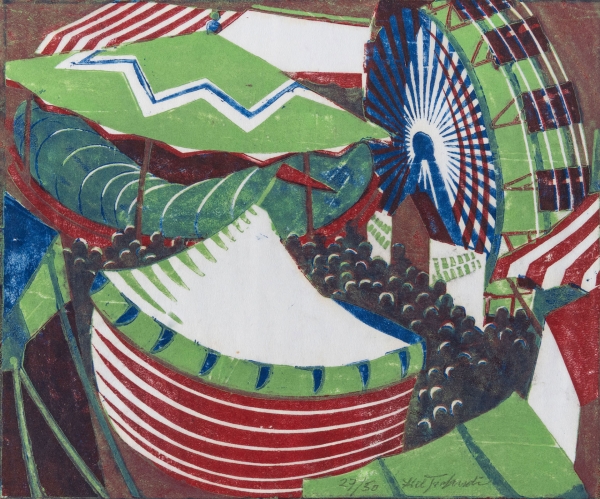
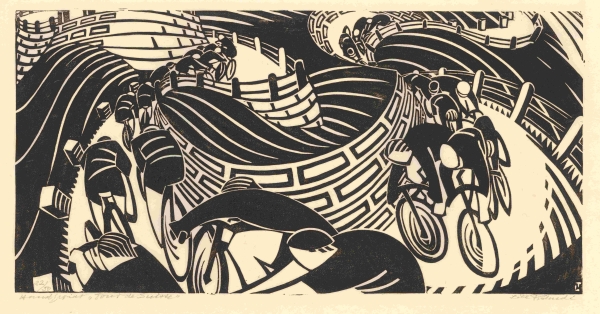
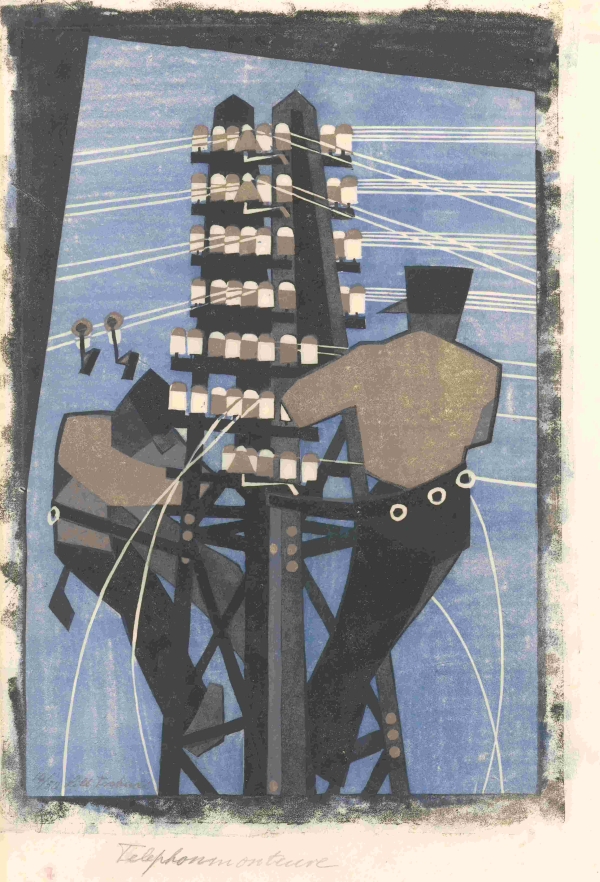
![Lill Tschudi, Leporello, um 1935 - 1955 [undatiert], Graphische Sammlung ETH Zürich © Nachlass der Künstlerin](/jart/prj3/angewandte-2016/images/cache/2e2626bfeab900d25d775d233bcc0b45/0x6473AB6E69A37305E7A74BC575BAA176.jpeg)
